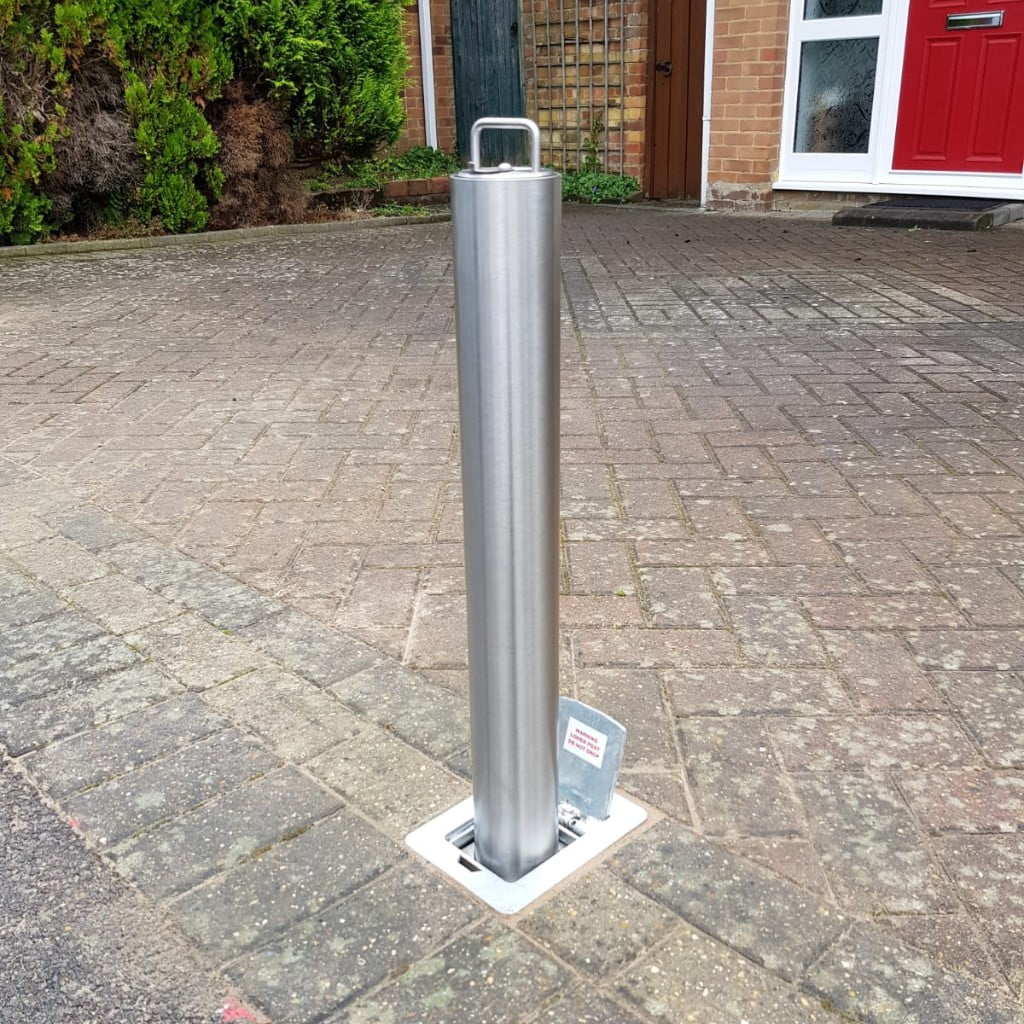TYPES OF BOLLARDS

Bollards come in numerous types, every designed to meet specific functions and applications. Here are some widespread kinds of bollards:
1. Fixed Bollards:
Permanent Installation: Fixed bollards are installed completely into the bottom and cannot be moved or retracted. They present a everlasting barrier to manage vehicle and pedestrian visitors.
Materials: They are sometimes made from steel, concrete, or other sturdy supplies for durability and power.
2. Removable Bollards:
Temporary Access: Removable bollards are designed to be removed when momentary entry is needed. They may be taken out of their mounting socket to permit authorized automobiles to cross.
Applications: Commonly utilized in areas the place occasional entry is required, corresponding to driveways or emergency car entrances.
three. Retractable or Telescopic Bollards:
Automated Control: Retractable bollards may be raised or lowered as needed. They are typically managed electronically or hydraulically.
Access Control: Often used in high-security areas where controlled access is important, corresponding to government buildings or sensitive amenities.
four. Flexible Bollards:

Bendable Material: Flexible bollards are created from supplies like rubber or plastic and may bend upon impression. They are designed to absorb minor collisions without causing harm to automobiles or the bollard itself.
Applications: Used in areas where low-speed impacts are potential, corresponding to parking heaps, bike lanes, or pedestrian zones.
5. Decorative Bollards:
Aesthetic Design: Decorative bollards are designed with aesthetic options to reinforce the visible attraction of public spaces. They are out there in numerous shapes, sizes, and finishes to enhance the encircling structure or panorama.
Applications: Commonly utilized in urban environments, parks, and historic districts to supply site visitors management whereas enhancing the area's aesthetics.
6. Lighted Bollards:
Built-in Lighting: Lighted bollards have built-in LED lights for illumination. They serve a dual objective by offering both visibility and aesthetic attraction.
Applications: Used in pathways, parks, and public areas to provide lighting whereas additionally acting as a barrier or guiding pedestrians.
7. Security Bollards:
Anti-Ram Protection: Security bollards are designed to resist high-impact forces, providing protection towards vehicle-ramming attacks.
Certified Standards: Some security bollards are crash-tested and certified to specific international requirements to ensure their effectiveness towards hostile car attacks.
8. Traffic Bollards:
Traffic Control: Traffic bollards are used to control vehicular visitors move, mark lanes, and stop automobiles from getting into specific areas.
Reflective Strips: Many traffic bollards are geared up with reflective strips for increased visibility, particularly throughout nighttime.
9. Maritime Bollards:
Dock and Harbor Use: Maritime bollards are utilized in ports and docks for mooring ships and boats. They are designed to withstand the forces exerted by vessels throughout docking.
Fixed or Removable: Maritime bollards may be mounted or removable, relying on the precise requirements of the port or dock.
retractable bollards of bollard is designed to meet specific needs, offering options for traffic administration, security, aesthetics, and security in various environments. The choice of bollard type depends on the particular application and the extent of performance required..
